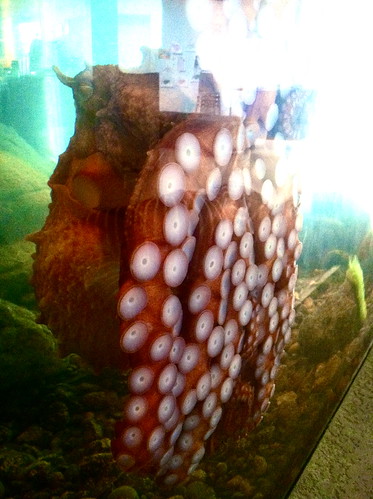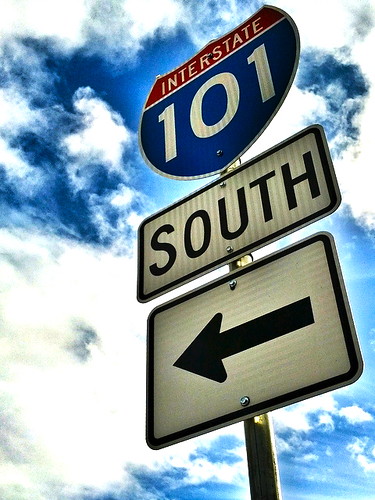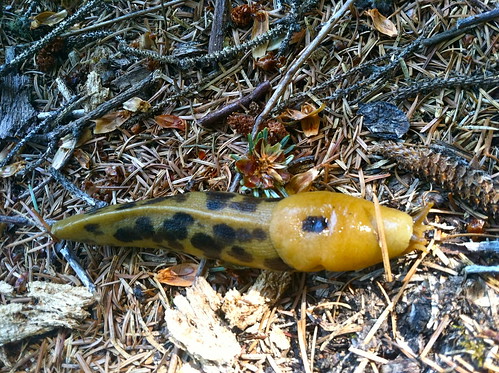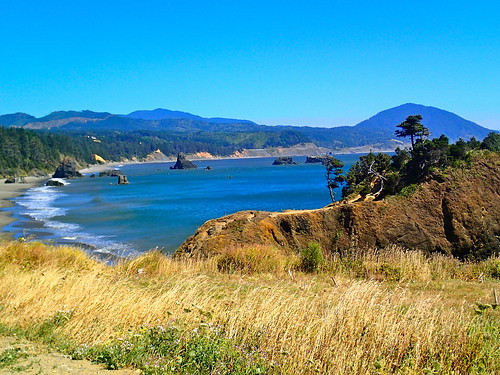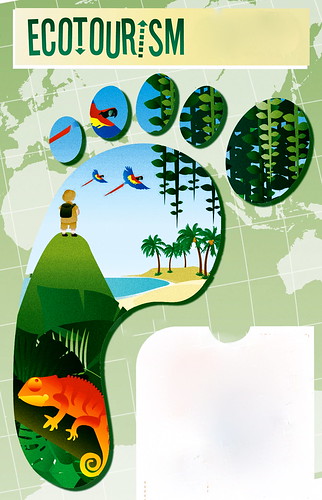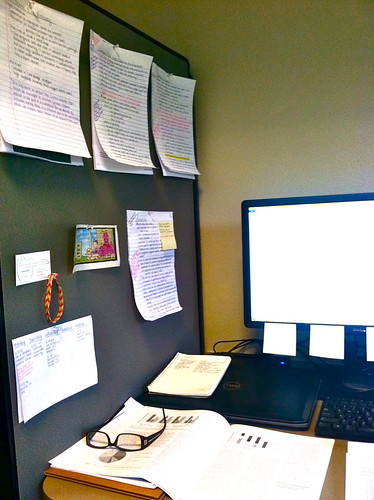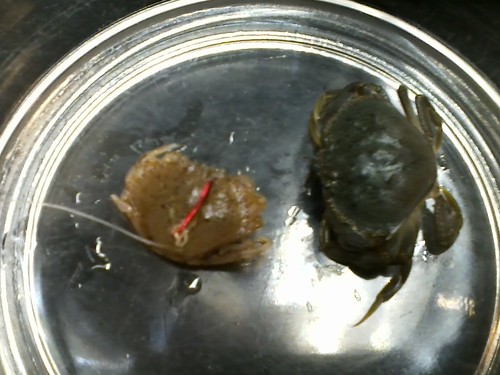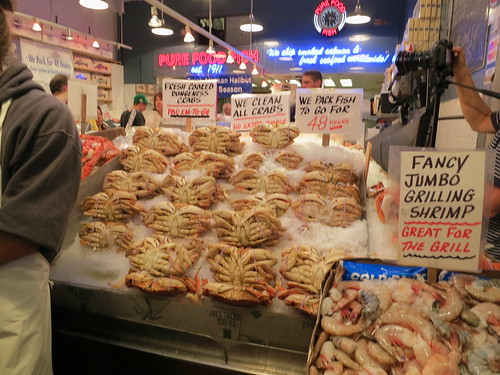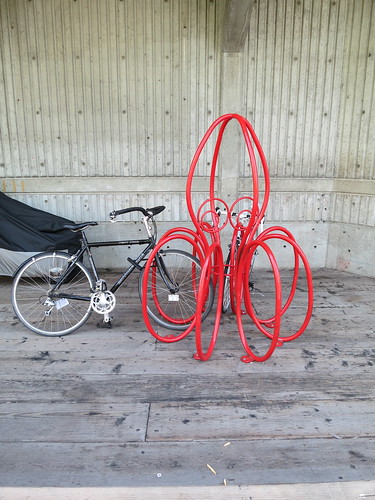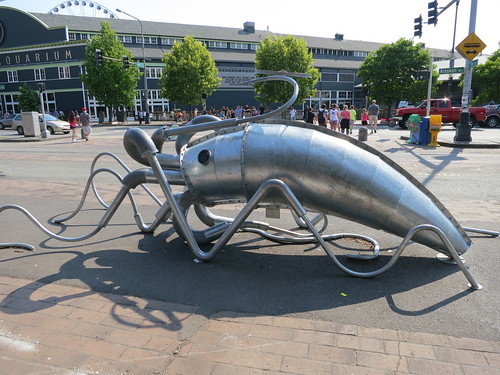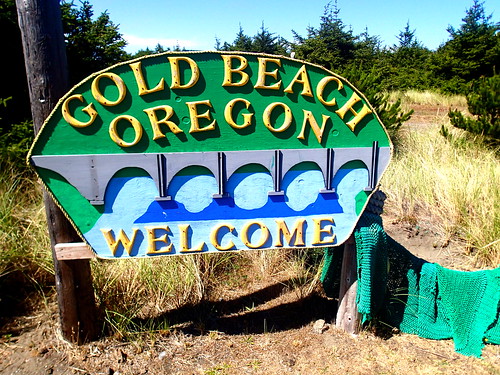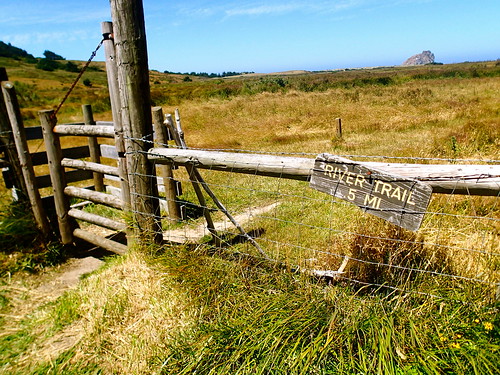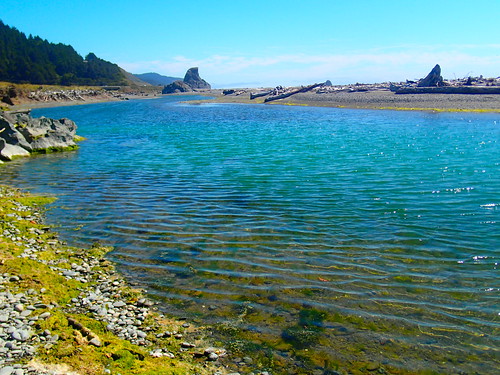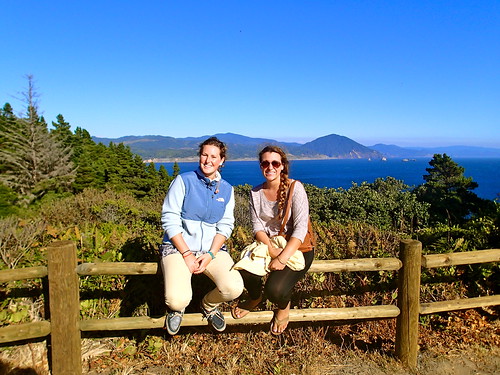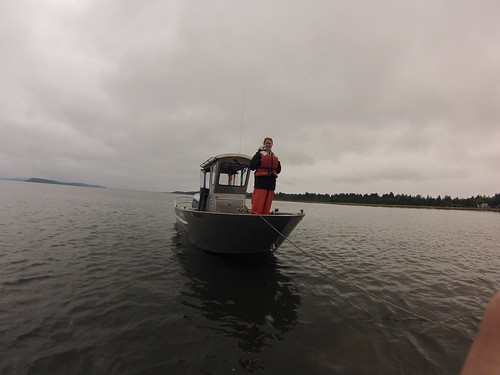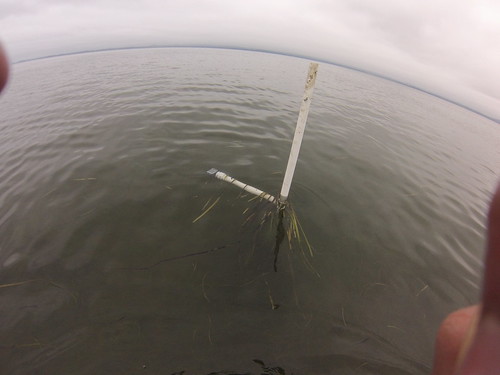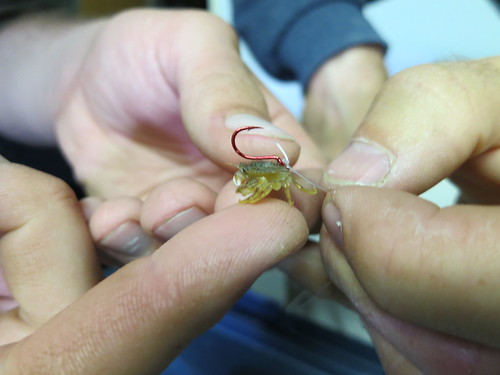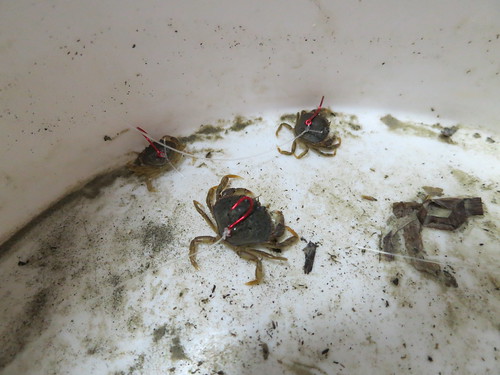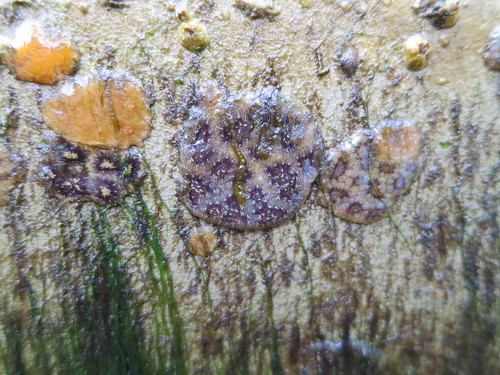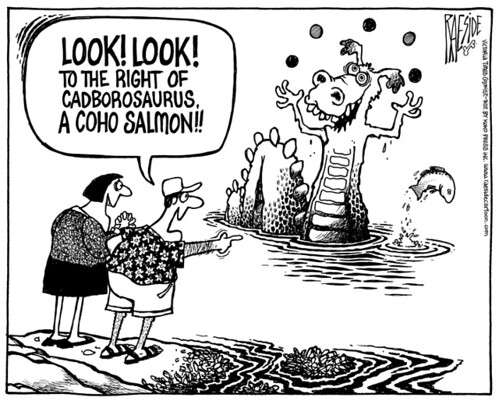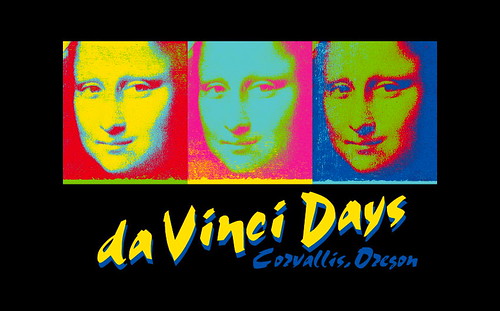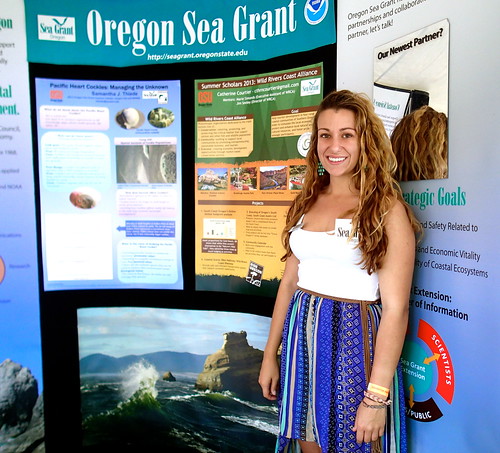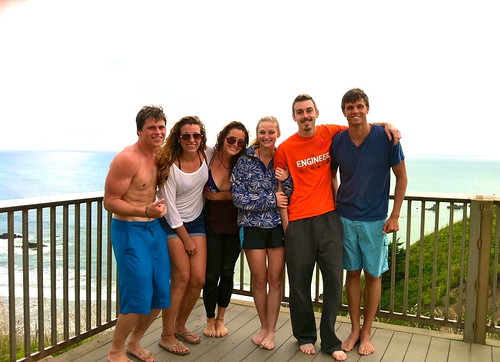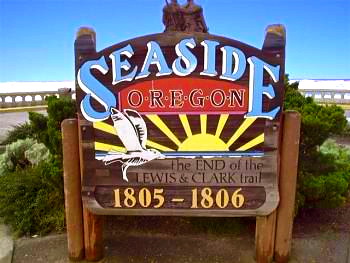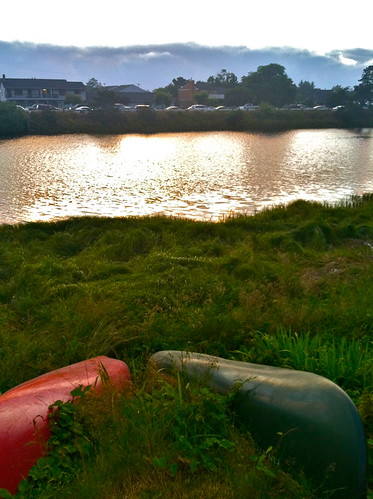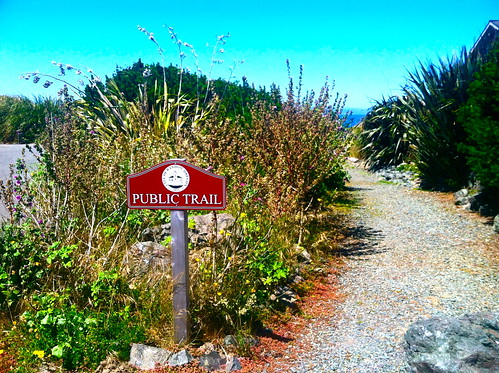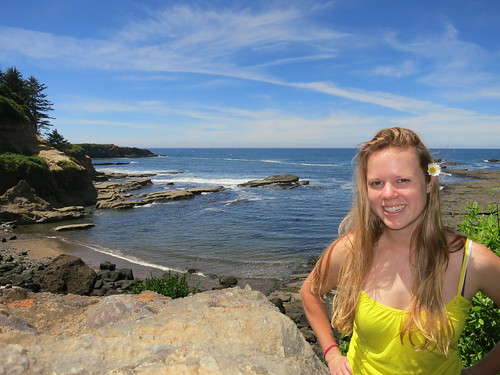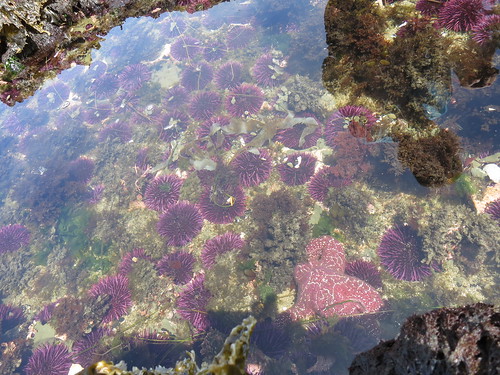I am in utter disbelief that this is my last week here in Bandon, Oregon… Week eight involved a lot of small projects, tying up some loose ends, and adding to the research I’ve done on sustainable ecotourism to my portfolio. A large portion of my time was spent working on my Summer Scholars presentation which I presented last Friday at the Hatfield Marine Science Center. While I have no problem speaking to a room full of people, like most I still get butterflies in my stomach and have occasionally been known to talk through several slides on one inadequate breath of air. Thankfully I was the second scholar to present so I had little time to worry about messing up, and the presentation went better than I could have expected! While my mentors were unable to be there physically, they were patched in via. teleconference so they were able to hear my presentation and be there in spirit. After my presentation I was free to sit back and enjoy hearing about what the other five scholars have spent their summers doing; I particularly enjoyed this part of the experience because I was able to get a more in-depth idea of their projects outside of what I’ve read about in their blogs.
On Saturday I decided to make the trek to Portland since I thought it would be ridiculous if I spent 10 weeks in Oregon and never made it up there. I must admit that my desire was more motivated by my interest in the infamous “Voodoo Doughnut” shop than anything… Upon my arrival I immediately realized that I was back in a land of traffic and bad drivers, similar to that of my beloved Southern California! Nevertheless I navigated my way around oblivious tourists and questionable street performers until I reached the sanctuary of what seemed to be an air-conditioned parking structure. So I parked my car, walked the couple blocks that separated me from my personal doughnut heaven, and what should greet me but a line that wrapped around the corner of the building! But neither rain, nor heat, nor annoying street performer could deter me from a place that sells such sinful treats as Captain Crunch encrusted doughnuts and Bacon Maple doughnuts. 45 minutes later I was in possession of a “Ain’t that a Peach Fritter” doughnut which was easily larger than my face. From the first bite to the last, it was everything I could want in a doughnut and more, and I’m pretty sure I’m still reeling from the sugar buzz.
With all my main projects completed, I have very little to do in my last week with Wild Rivers Coast Alliance. However if all goes as planned I hope to get some more work done on a preliminary draft of the Bandon Quest Project and do some more investigation into coastal ecotourism. Outside of work I have the always enjoyable task of packing my life back into my somewhat small Mazda (affectionately referred to as “The Mazzy”); I’m sure this event will provide entertainment for anyone watching since my possessions seem to have an uncanny ability to expand to fill the non-existent space. Friday is my last official day of work, so my journey back to Altadena, California begins Saturday morning! Since the drive is a bit long (around 18 hours) I will be making stops in Humboldt, Santa Cruz, and Santa Barbara to visit friends.
Stay tuned for one last blog post!

